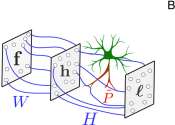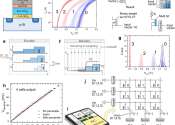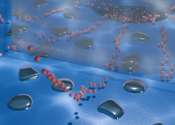AI models are powerful, but are they biologically plausible?
Artificial neural networks, ubiquitous machine-learning models that can be trained to complete many tasks, are so called because their architecture is inspired by the way biological neurons process information in the human ...
Aug 15, 2023
0
590









